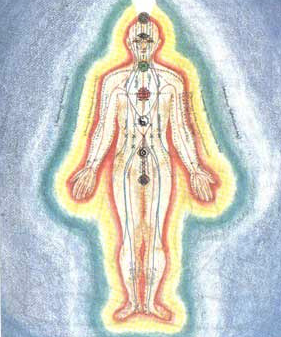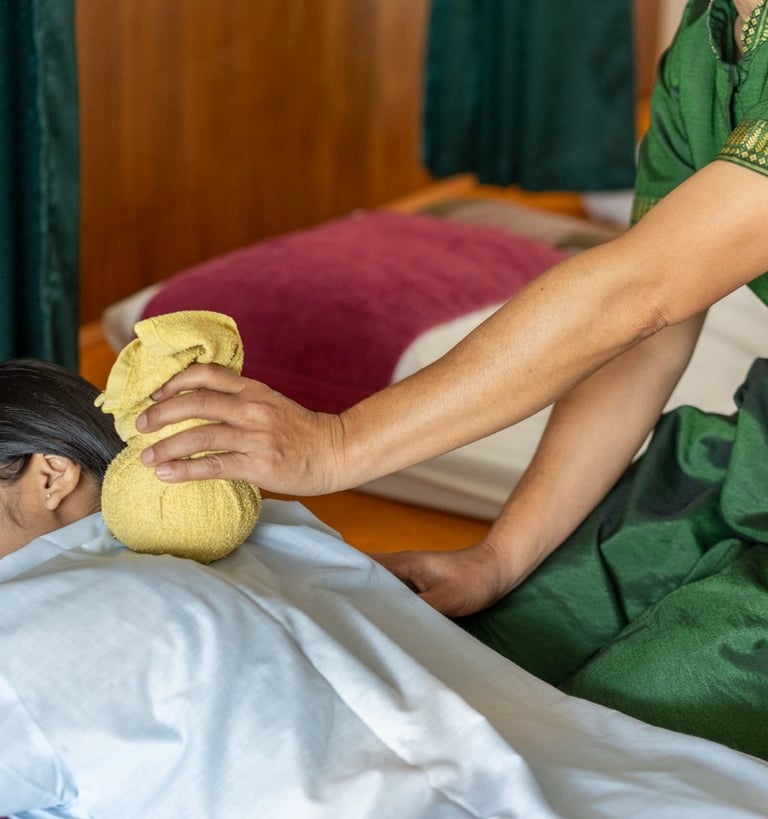What are Sen Energy Lines in Thai Massage? | C&R Explained
Go deeper into the art of Thai healing. Our guide explains the concept of the Sen energy lines and why they are central to a truly traditional Thai massage.
THAI MASSAGE AND WELLNESS
10/13/20253 min read


The Unseen Pathways: A Deeper Look into the Sen Energy Lines of Thai Massage
What is the difference between a massage that simply kneads your muscles, and a Traditional Thai Massage that seems to reawaken your entire body? While both can feel good, a true Thai healing session works on a much deeper, more profound level. The secret lies not just in the stretches you feel, but in the ancient understanding of the body’s life force and the invisible pathways it travels upon.
For a true practitioner, a massage is not just a physical act; it is a mindful and intentional therapy. To help you appreciate the depth of this art form, we at C&R Thai Massage would like to take you beyond the surface and introduce you to the beautiful philosophy at the heart of our practice: the Sen Sib, or the ten energy lines.


The Foundation of Thai Healing: Lom and the Sen
At the core of Thai Traditional Medicine is the concept of Lom (ลม), which translates to "wind." This is the essential life force that flows through all of us. To give it a familiar context, Lom is similar to the concept of Prana in Ayurvedic tradition or Qi (Chi) in Chinese medicine.
The philosophy is simple: when Lom flows freely and abundantly, we feel healthy, balanced, and vibrant. However, when this flow becomes blocked, stagnant, or disrupted—due to physical injury, stress, or emotional tension—it results in stiffness, pain, and eventually, illness.
So, how does this life energy travel? It moves through an intricate network of pathways called the Sen (เส้น). While ancient texts speak of 72,000 Sen crisscrossing the body, the practical application of Thai massage primarily focuses on the ten principal lines, known as the Sen Sib.
Mapping the Body: A Glimpse at the Ten Sen Sib
These ten lines are the energetic roadmap that a skilled therapist uses to navigate your body. It’s important to understand that the Sen are not physical structures like nerves or blood vessels that can be seen. They are unseen channels that form a second, energetic anatomy, connecting different parts of the body in ways that might seem surprising.
A therapist’s deep knowledge of this map is what transforms a massage into a powerful therapy. For example:
Sen Sumana: This is considered the central line of the body. It originates near the navel, travels up through the core of the body, and terminates at the tongue. A therapist working on this line is influencing the function of the digestive system and the solar plexus, a key center for emotional energy.
Sen Ittha & Pingkhala: These two lines are a symmetrical pair that run up the body on either side of the spine, from the legs to the head, terminating at the left and right nostrils respectively. Blockages along these lines are often associated with back pain, headaches, and sinus issues. By working on these pathways, a therapist can address ailments that seem unrelated to the area being pressed.
This is just a small glimpse. Each of the ten lines has its own distinct pathway and corresponds to different organs, functions, and ailments.


The Work of a True Practitioner: More Than Just Pressure
When you receive a massage from a truly knowledgeable therapist, they are not just pressing on a sore muscle. They are using their thumbs, palms, elbows, and knees to mindfully apply pressure to specific points along the Sen lines.
The goal is twofold: to release the physical knot in the muscle, and to dissolve the energetic blockage that caused it. Think of it like clearing a dam in a river. Once the blockage is removed, the water can flow freely again, bringing life and nourishment to everything downstream. A Thai massage therapist does the same for your body's Lom.
This is also why the famous stretches are so integral to the practice. The deep, yoga-like postures are not just to make you more flexible; they are designed to lengthen and open up the Sen pathways, encouraging the free flow of energy through the entire line, from its origin to its termination point.




Branch 1: Sunday Walking Street
(10 AM - 10PM)
Address: 145/8 Rajdamnern Road T. Prasingh
A. Mueng Chiang Mai 50200
Branch 2: Chiang Mai Gate
(10 AM - 10PM)
Address: 18/5 Rat Chiang Saen Road T. Hai Ya
A. Mueng Chiang Mai 50100
Phone Number:
+66 (0) 96 696 2874
+66 (0) 94 601 6207
Email: services.crgroup@gmail.com
